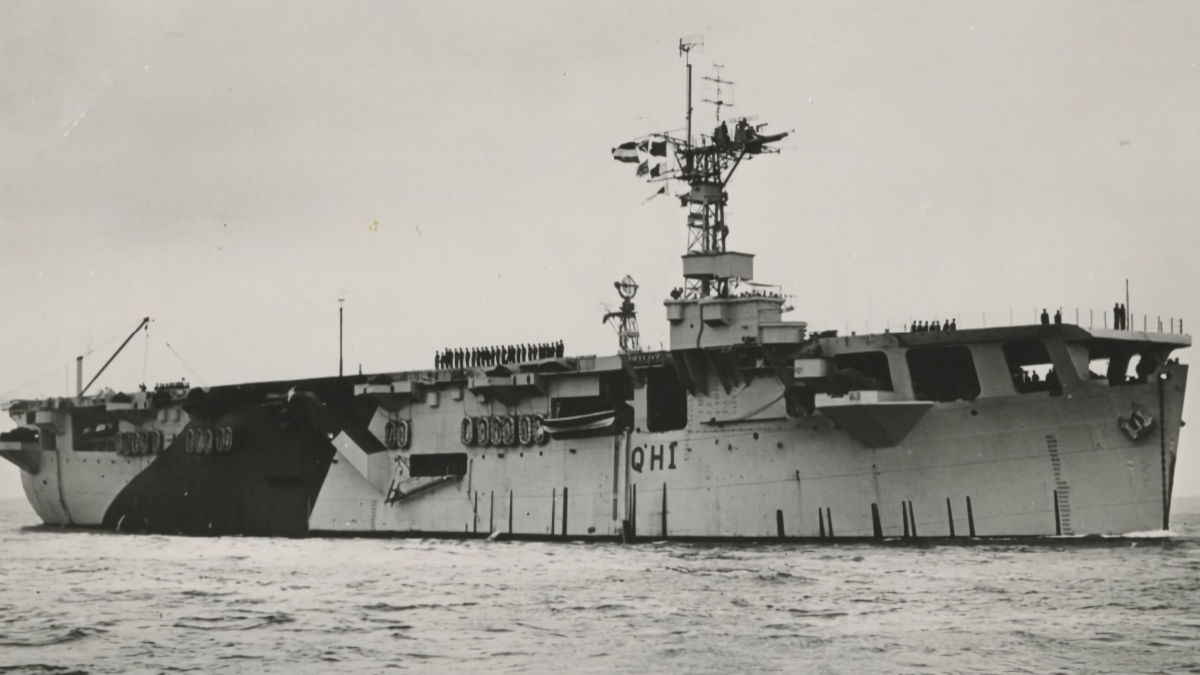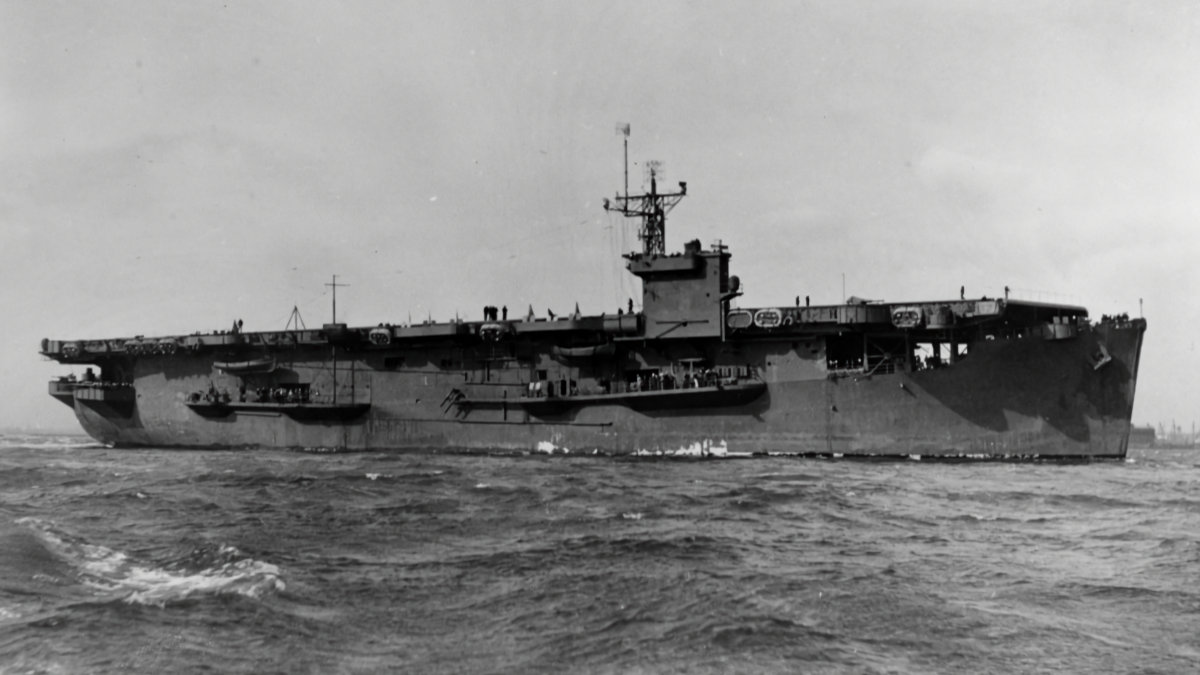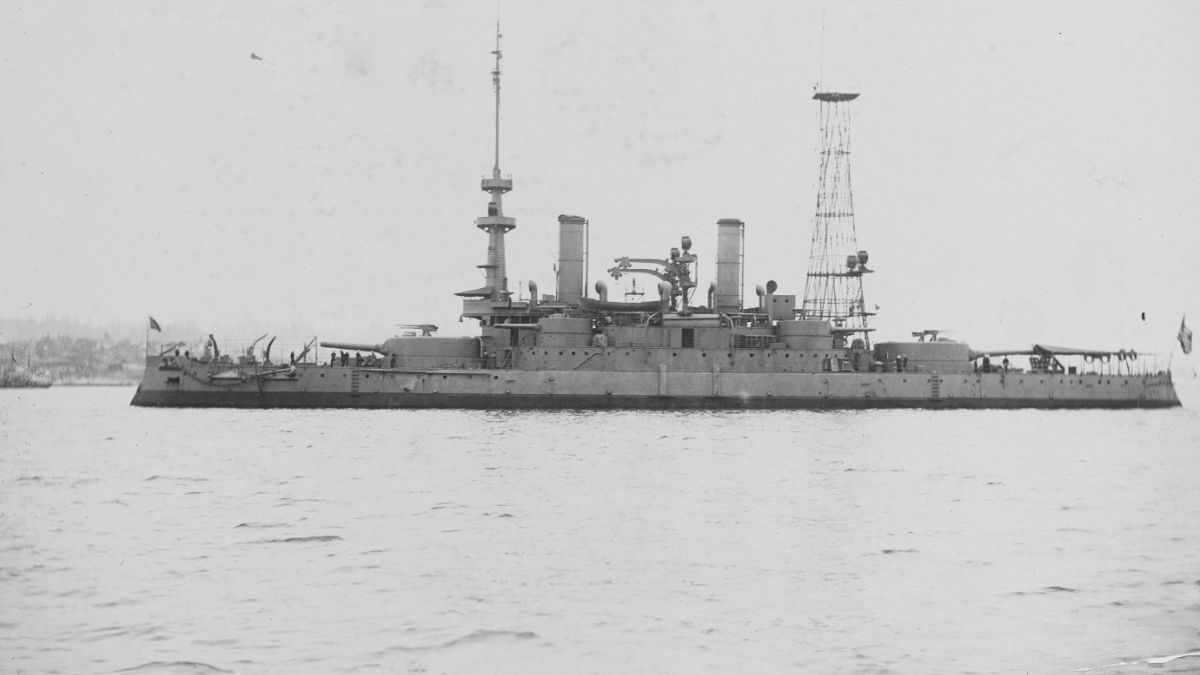Tag: warship
-
Dutch Aircraft Carrier Karel Doorman QH1

HNLMS Karel Doorman QH1 Karel Doorman QH1 was an escort carrier of the Royal Netherlands Navy. Previously HMS Nairana of the British Royal Navy, she was transferred to the Netherlands after World War Two. As part of the re-occupation of the Netherlands East Indies, the Karel Doorman ferried 15 Fairey Firefly fighters of 860 Squadron… Read more
-
Escort Carrier USS Card CVE-11

Escort Carrier USS Card CVE-11 The USS Card (CVE-11) was launched as AVG 11 on February 21, 1942 by Seattle-Tacoma Shipbuilding Corporation under a Maritime Commission contract. She was was reclassified as ACV-11 on August 20, 1942 and commissioned on November 8, 1942 with Captain J.B. Sykes in command. Card’s first operational sortie in late… Read more
-
US Navy Battleship USS Oregon BB-3

US Pre-Dreadnought Battleship USS Oregon BB-3 USS Oregon (BB-3) was a pre-dreadnought Indiana-class battleship of the United States Navy. Commissioned on July 15, 1896, at San Francisco, California she initially served with the Pacific Squadron. However, with tensions rising with Spain, following the explosion of USS Maine in Havana Harbour, Cuba, she was ordered to… Read more